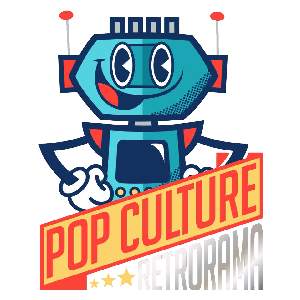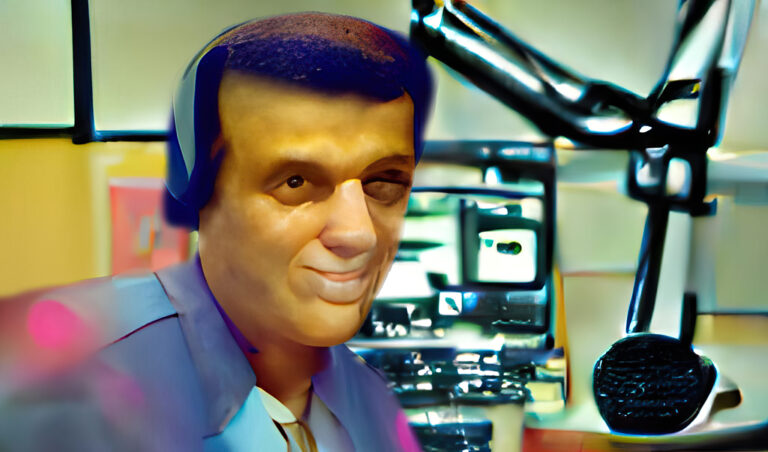The much-maligned 1986 movie SpaceCamp was a lightweight movie in the wrong place at very much the wrong time, but it did have one thing many movies don’t.
And that thing was NASA’s full cooperation, including letting film crews get close-up footage of the space shuttle Atlantis on the pad in 1985.
But did you know that the movie’s own graphic designers paid tribute to NASA’s real astronaut corps on-screen? You could be forgiven for missing it – it all flashes past in a couple of seconds as Jinx is querying the movie’s fictitious NASA central computer on how to send Max into space.


How accurate is this rapid-fire list of astronauts past and then-present? It’s pretty darn accurate: Scott Carpenter was one of the original Mercury Seven, so naturally he had resigned from NASA by 1985, while retired astronaut Gerald Carr – whose only flight happened during the Skylab program – was indeed retired by then. Gemini astronaut Charles Bassett died before ever making it to the launch pad.

A subsequent screen name-checks the late Roger B. Chaffee, one of the astronauts who died in the Apollo 1 fire, as well as retired Apollo astronauts Michael Collins (command module pilot of Apollo 11) and Gene Cernan, the last human being to set foot on the moon in the 20th century. Australian-born astronaut Philip Chapman, who joined NASA during the Apollo program but never flew into space, is also name-checked.

Another astronaut who died during preparation of the Gemini program, Ted Freeman, is listed, along with a number of then-current Shuttle-era astronauts.

A new category shows up on a subsequent screen – “Candidate” – which not only time-stamps the movie, but demonstrates how close NASA’s cooperation with the movie’s producers was. Marsha Ivins was indeed an astronaut candidate in 1985, at the time of filming, though the same circumstances that overcame the movie also overcame her flight schedule: she didn’t go into space until a 1990 shuttle flight, long after she was originally scheduled to do so.

One of the later screens time-stamps the movie even more: Ron McNair, one of the seven astronauts killed in the Challenger accident, is listed as current flight status. The footage was shot in 1985, months before that tragedy unfolded.
It was the Challenger accident, of course, that made it a headache for the studio to promote SpaceCamp with its 1986 release date. Though the story is obviously fictitious, it’s a movie that was arriving five months and change after we had all seen a very real Shuttle, full of very real astronauts, explode just over a minute after launch – and then got to see it happen again and again in TV news replays. While the movie didn’t need to be entirely scrapped, it probably should have stayed on the shelf until 1987, at which point it might have been viewable as a harmless wish-fulfillment fantasy for every kid (of any age) who has ever wanted to take a ride into space, just to tide the audience over until that day in 1988 when the Shuttle did fly again…rather than a harsh kick to a still-open wound.
There probably wasn’t a “right” time for SpaceCamp, but one can at least imagine a “less wrong” time for it. And in any case, it did have the cooperation of NASA – as well as a fleeting snapshot of exactly when it was filmed.




+ There are no comments
Add yours